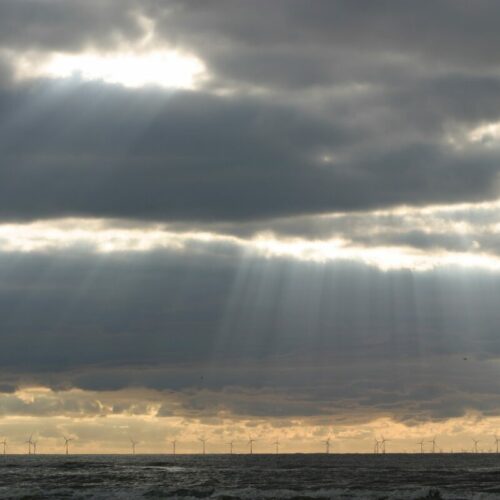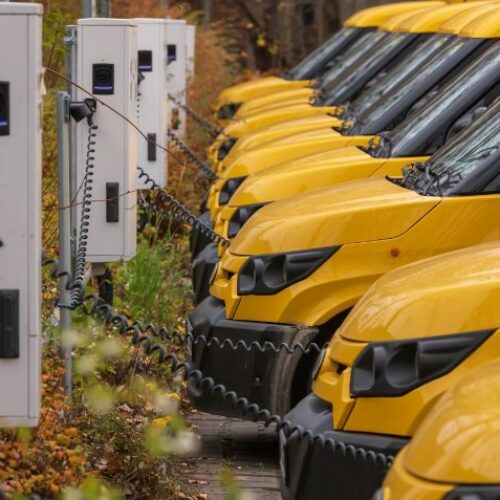SP Energy Networks (SPEN) has unveiled a first of its kind tool for modelling the uptake of low-carbon forms of heat, dubbed ‘Heat-Up’.
It will enable the network provider to estimate the size of heat pump required to heat a building using the characteristics of all homes in its region. This will then be used to understand the impact future low-carbon heat can have on the network due to increases in electricity demand from the additional connections.
This will then allow SPEN to efficiently plan for reinforcement solutions, which is particularly crucial ahead of the next price control period it said.
The network operator invested £129,000 through the Network Innovation Allowance funding mechanism on the development of the tool. It partnered with analytics consultancy Field Dynamics, which offers a range of behavioural analysis around the use of heat in homes, for the development.
“Our government has ambitious goals when it comes to net zero emissions targets and if we’re to meet them, introducing low carbon heating into homes will be crucial,” said Scott Mathieson, director of network planning and regulation at SPEN.
“I’m proud that we’re leading the way to net zero through innovations like the Heat-Up tool. Learnings from this project will enable more people to switch to low carbon heating, which helps the environment and ultimately enables us to provide a more efficient service for customers and drive down costs.”
Heat-Up will help government and local authorities to better understand the scale of investment required for the decarbonisation of heat. With the government announcing a target of installing 600,000 heat pumps every year by 2028 as part of the Ten Point Plan in November 2020, this is particularly important.
There has been concern about the scale at which low-carbon heating is being rolled out currently, with OVO Energy, E.ON, EDF Energy, ScottishPower and Centrica collectively commissioning a report into the costs of switching to a heat pump in April. This follows the Environmental Audit Committee warning in 2020 that with the cost of electricity being roughly four times more expensive than gas due to the government placing the cost of its low carbon policy with customers, adoption of heat pumps may struggle.
The outputs of Heat-Up will additionally be combined with information gained from EV-Up, a similar tool developed by SPEN to understand the impact of the uptake of EVs. By using these tools to get a fuller picture of network requirements, the network can better understand the impact of the “home of the future” it said.
“Reducing emissions from residential heating is one of the great decarbonisation challenges of our times,” added Charlie Gilbert, partner at Field Dynamics.
“It has been fantastic to collaborate with the team at SP Energy Networks to develop a truly innovative methodology to assess the combination of policy, technology and environmental factors that impact the network. The outputs of this project have the potential to not just inform future investments, but also a far wider range of critical net zero questions.”





